What is the Easiest Flower to Keep Alive? Find Out Here!
Looking to start a garden without the stress of keeping delicate plants alive? You’re in the right place! Choosing the right flowers can make your gardening journey enjoyable and thriving. One of the easiest flowers to keep alive is the marigold, thanks to its resilience and vibrant colors. Known for their ability to withstand a variety of conditions, marigolds are a go-to choice for beginners who want something both beautiful and easy to care for.
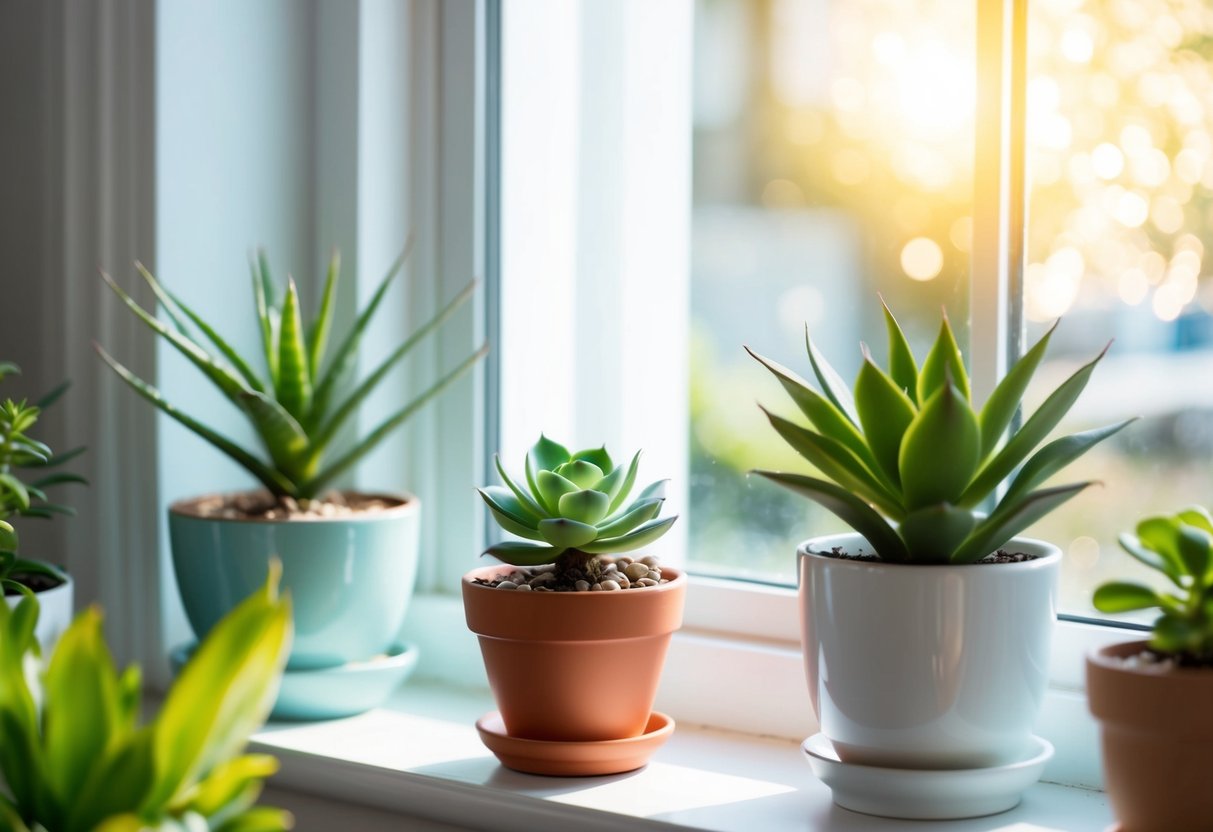
Exploring other options like petunias and zinnias can also be rewarding. These easy-to-grow flowers are not only colorful but also require minimal effort to maintain. By selecting hardy varieties, you’ll create a garden that’s lively and low-maintenance.
Imagine your garden filled with beautiful flowers that burst with color and charm. Easy flowers to grow offer a sense of achievement without the frustration. Whether you’re adding a few blooms to your balcony or creating a full floral display, there’s no need to worry about your plants thriving when you choose wisely.
Choosing the Right Plant Type

When selecting flowers that are easy to keep alive, understanding the plant type and their light needs can simplify your decision. Consider whether you want annuals or perennials and how much sunlight your chosen spot receives.
Understanding Annuals and Perennials
Annuals complete their life cycle in one year. They bloom beautifully for a season, then need replanting. Examples of popular annual flowers include marigolds and petunias. They are often vibrant and fill your garden with color quickly.
Perennials, on the other hand, live for several years. They bloom annually, making them cost-effective and low-maintenance. Easy-to-grow perennials such as daylilies and hostas return each year with little effort. For long-lasting gardens, consider using a mix of annuals and perennial flowers.
Importance of Sunlight Exposure
Sunlight requirements are crucial when picking the right flowers. Some plants thrive in full sun, needing around six or more hours of sunlight daily. Sunflowers and roses are great for sunny spots. Others prefer part shade, requiring a mix of sunlight and shade through the day. In these cases, impatiens or ferns might be suitable options.
Check plant labels and descriptions for their sunlight needs. Ensuring the right light exposure not only supports healthy growth but also maximizes blooms. Remember, matching your plant’s light needs with your garden conditions can lead to a thriving display.
Top Easy-to-Keep Flowers
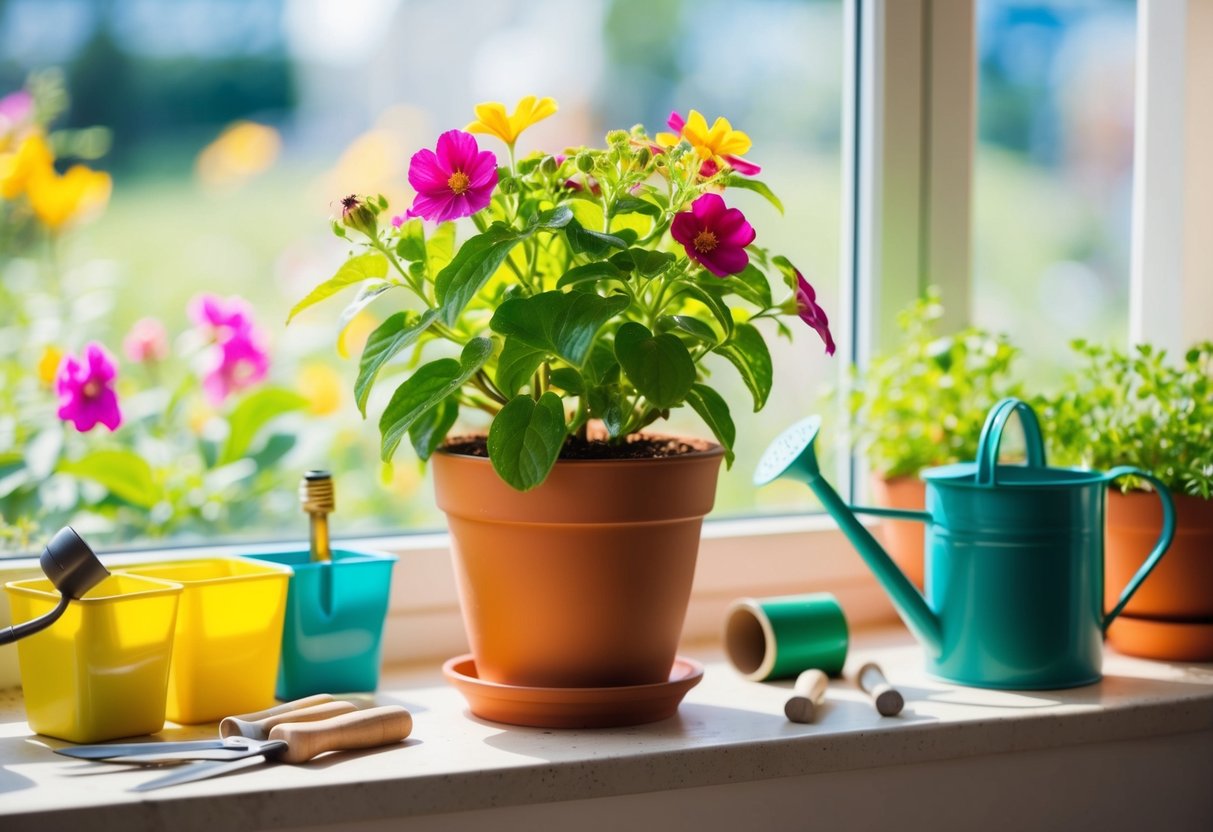
Some flowers are great at surviving with little care and can bring vibrant colors to your garden. Whether you have a sunny spot or a partly shaded area, these flowers will thrive and bring joy with minimal effort.
Thriving in Full Sun
If you have a sunny garden space, consider planting flowers that love soaking up the sun. Sunflowers are a fantastic choice. Not only do they tower above your garden, but they also require very little attention.
Marigolds are bright, cheerful, and great at keeping pests away. You might also enjoy zinnias, which come in a wide array of colors and grow quickly. Cosmos are another option, known for their delicate petals and ability to thrive even in poor soil. Each of these flowers will thrive in full sunlight and brighten up any space.
Adaptable to Part Shade
Some flowers prefer a bit of shade and will thrive in areas that get a mix of sun and shade. Pansies are great for cooler weather and can handle partial shade beautifully.
Begonias are another favorite, offering lush foliage and vibrant blooms. You may also consider planting snapdragons, which can add a vertical interest to your garden with their tall spikes of flowers.
Meanwhile, hostas, though not grown for their flowers, offer stunning foliage and can adapt well to shaded areas. These flowers will do well in areas where the sun isn’t too harsh, offering a burst of color with minimal fuss.
Drought-Resistant Varieties
If you’re looking for flowers that can handle dry spells, there are plenty of hardy options. Coneflowers are a top pick, known for attracting butterflies and bees while needing little water.
Black-eyed susans are incredibly resilient, offering bright yellow blooms throughout summer. Daylilies are another fantastic choice, known for their robustness and variety of colors.
For more compact gardens, moss rose is an excellent ground cover with its vibrant blooms and succulent-like leaves. Each of these drought-resistant flowers is tough and beautiful, capable of surviving with little moisture.
Special Care Tips for Easy Flowers
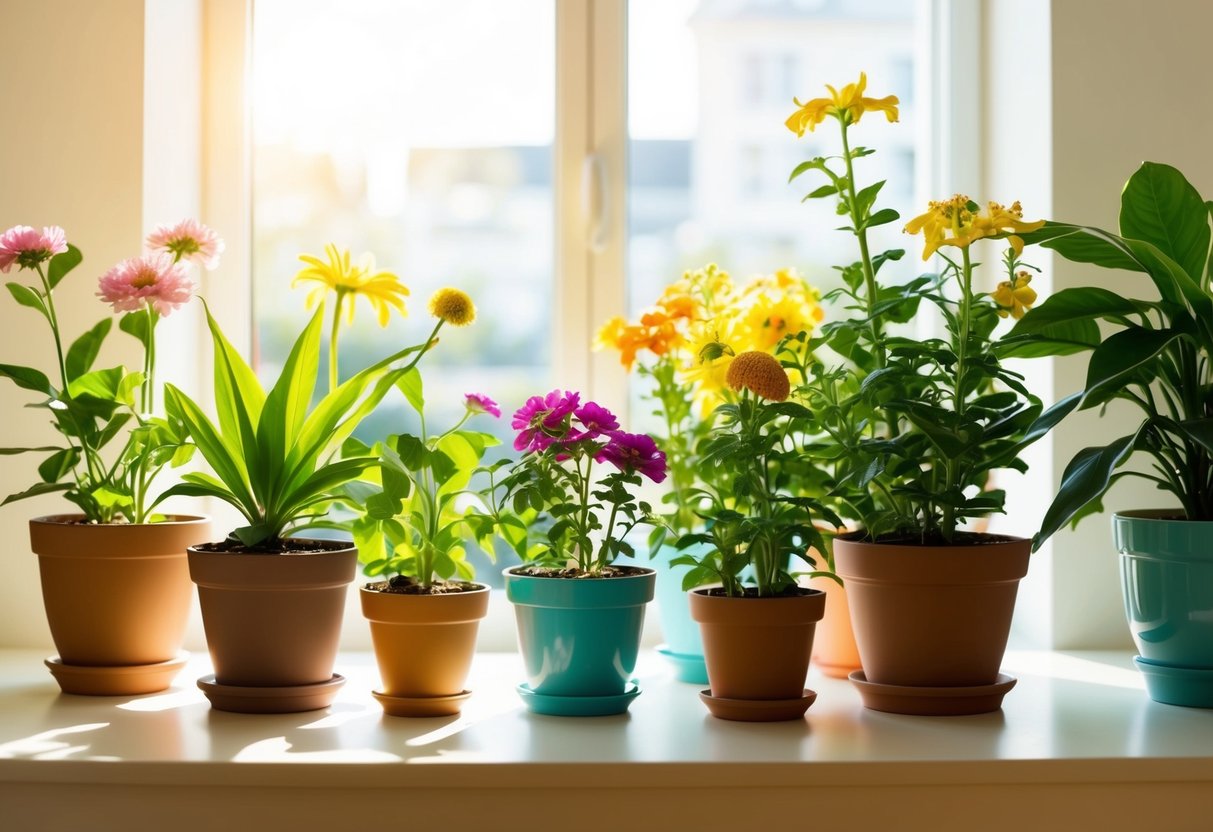
Easy flowers like nasturtiums, lavender, and dianthus can brighten up any space with minimal effort. Knowing the right way to water them and understanding their soil preferences can help you grow them more successfully.
Watering Best Practices
When it comes to watering, moderation is key. Flowers such as nasturtiums and lavender thrive best when watered sparingly. Overwatering can lead to root rot. Make sure the top inch of soil is dry before watering your plants again.
Catmint and sedum are drought-tolerant. They need less frequent watering, especially in humid conditions. Water these plants deeply, but allow the soil to dry out between waterings. For dianthus, keep the soil slightly moist, especially during their blooming phase. It’s best to water them early in the day to help prevent diseases.
Understanding Soil Needs
The right soil makes a significant difference in the health of your flowers. Nasturtiums prefer well-drained soil with moderate fertility. They’re not fussy about rich soil, which can sometimes lead to more leaves than blooms.
Lavender and sedum do well in sandy or gritty soil that allows quick drainage. This type of soil prevents moisture from accumulating, which is what these flowers prefer. Catmint thrives in moderately fertile soil that drains well, making it perfect for rocky or garden beds. Dianthus, with its vivid blooms, favors slightly alkaline soil. Make sure it doesn’t retain too much water, as this will affect its growth. Adjusting the soil composition ensures your plants stay healthy and vibrant.
Attracting Pollinators with Easy Flowers
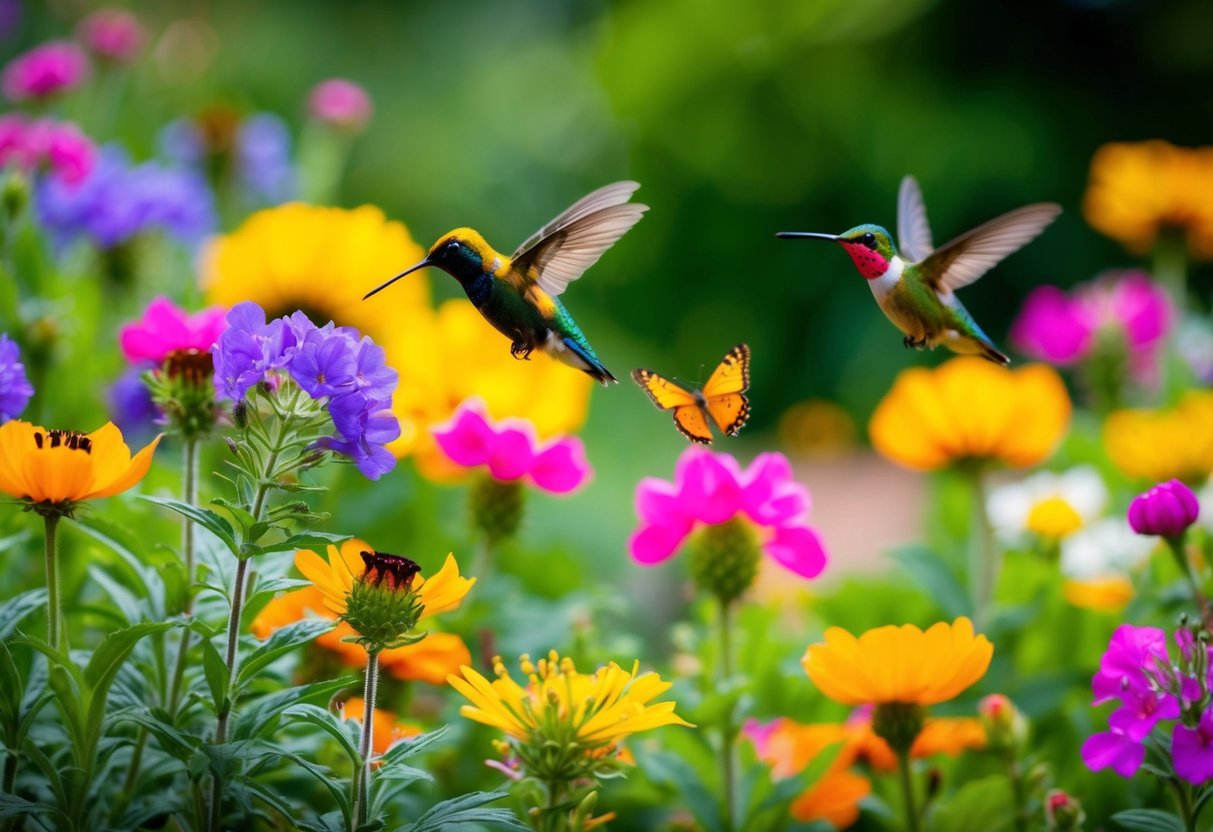
You can create a vibrant garden that not only looks beautiful but also helps your local ecosystem. Planting flowers like lavender and sunflowers is a great way to attract important pollinators such as bees and butterflies.
Selecting Pollinator-Friendly Varieties
Choosing the right flowers is key when you want to attract pollinators to your garden. Lavender is a popular choice because bees love it. Its fragrant blooms also repel pests like flies and mosquitoes, making it a dual-purpose plant.
Sunflowers are another excellent option. Their large, open faces provide plenty of room for bees and butterflies to land. Sunflowers are easy to grow and can thrive in various soil types and conditions.
Coneflowers, with their sturdy stems and vibrant colors, are great for attracting bees and butterflies. These flowers are drought-tolerant and don’t require much maintenance, making them ideal for beginner gardeners.
Creating a Pollinator Garden
Designing a pollinator-friendly garden starts with the layout. Plant flowers of different heights to create a layered look that provides habitat for various pollinators. Group similar flowers together to make it easier for bees to collect pollen.
Include marigolds for a splash of color and functionality. These cheerful flowers not only attract pollinators but also deter harmful pests from your garden. Plus, they grow well in sunny areas with minimal watering.
Nasturtiums are another great addition. They appeal to pollinators and have the added bonus of being edible. Plant them around your vegetable garden to attract bees and improve the yield of veggies like tomatoes and squash.
By selecting and arranging these flowers, you’ll have a thriving garden full of life.
Groundcover and Beautiful Foliage
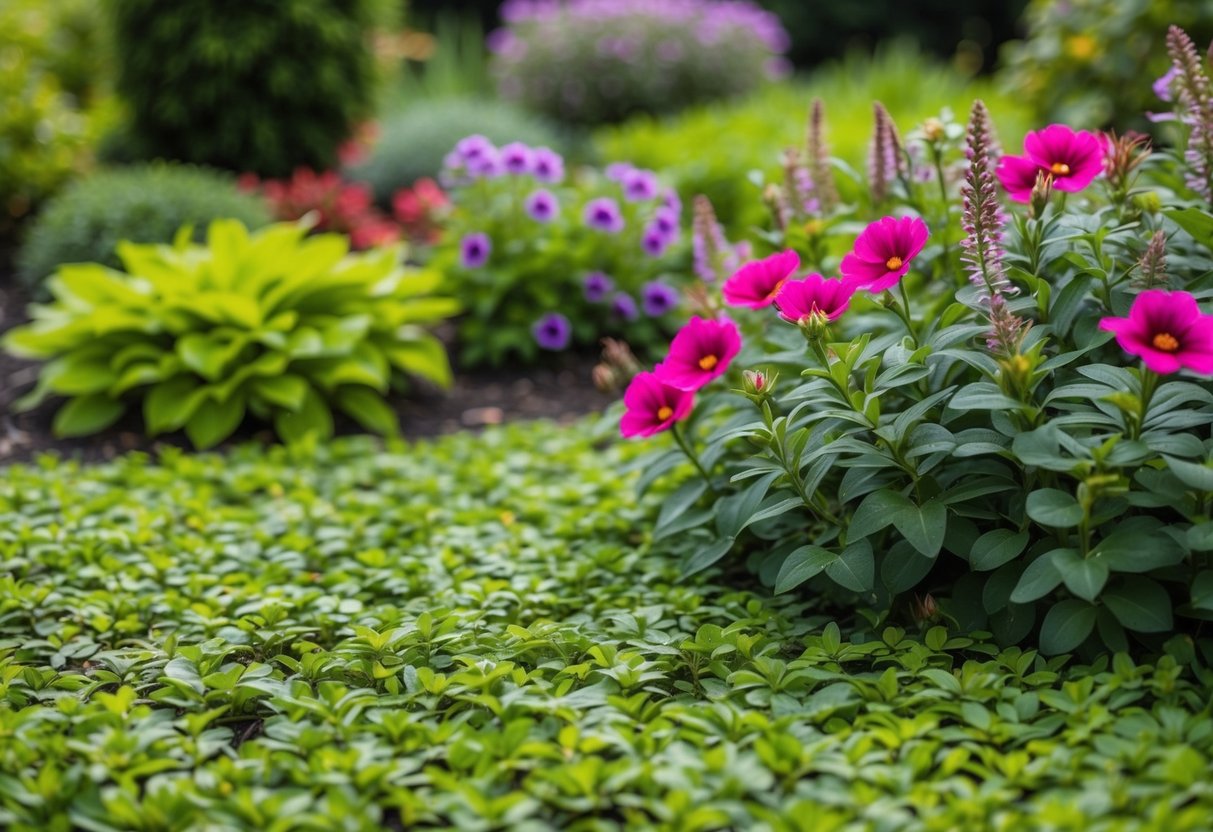
Enhance your garden by choosing plants that spread across the ground and provide stunning foliage. These selections can fill in empty spaces and add texture and color throughout the seasons.
Using Groundcover Flowers
Groundcover flowers like viola and wild strawberries are excellent choices. They spread easily, covering the soil with greenery and vibrant blooms. Violas, for instance, thrive in various conditions and bloom in lovely colors.
These flowers are easy to care for and can blanket large areas without much fuss. Wild strawberries add interest with their trifoliate leaves and white blooms, making them both beautiful and functional. Their ability to spread by runners means they naturally fill spaces, reducing the need for more plants.
Selecting low-maintenance plants will enhance your garden with minimal effort. These groundcovers help prevent weeds, conserve soil moisture, and add year-round interest to your landscape.
Foliage Interest in the Garden
Beautiful foliage plants like coral bells (Heuchera) and hostas are perfect for adding texture and color to any garden. Coral bells offer striking colors, including purple, red, and silvery tones. Their intricate leaf patterns make them a garden favorite.
Hostas are equally stunning, with their lush leaves and varying shades of green and blue. Hostas not only provide shade options but also impress with their large leaves and unique textures. They thrive in shaded areas, making them versatile for different garden spots.
Incorporating foliage with different colors and textures, like gray-green tones, creates depth and visual interest. These plants are not just backgrounds; they are stars in their own right, offering beauty throughout the growing season.







